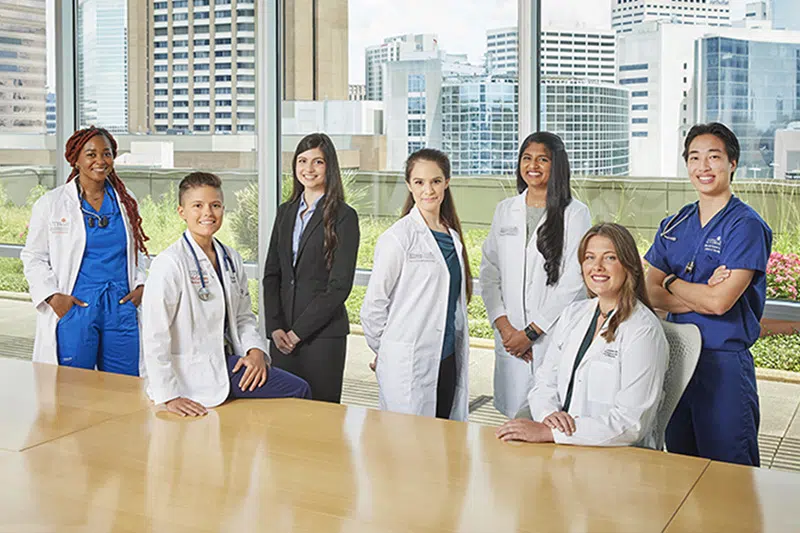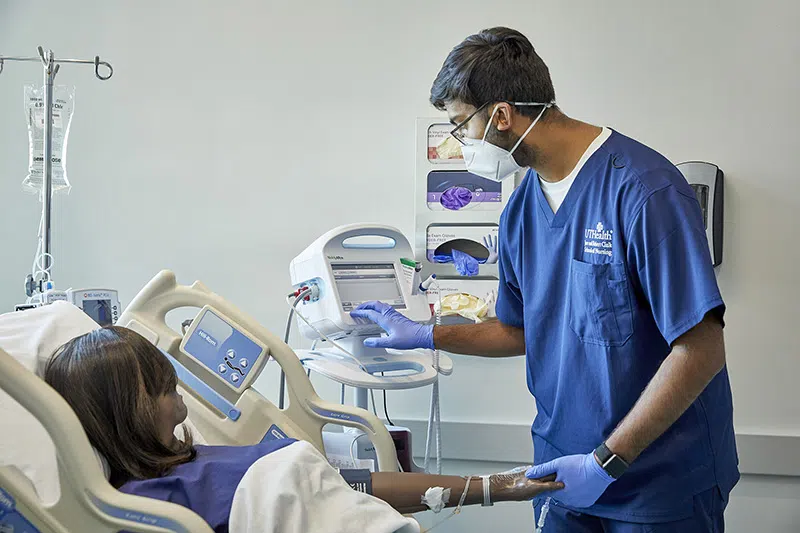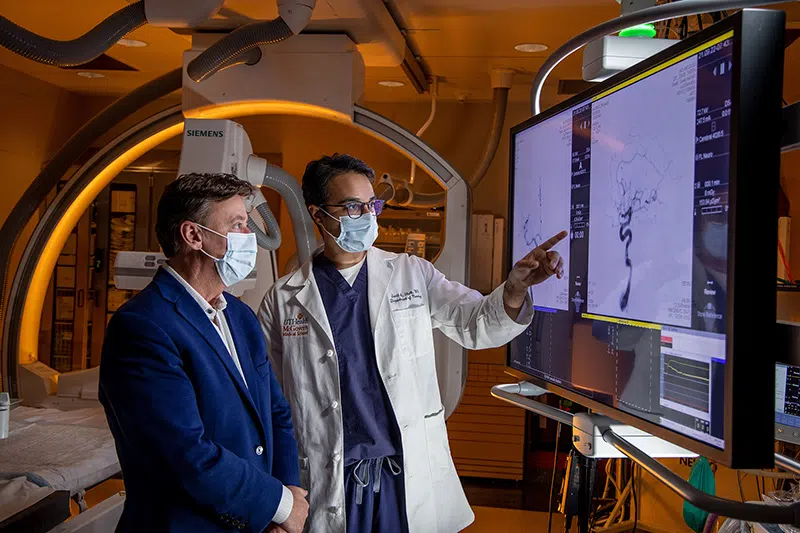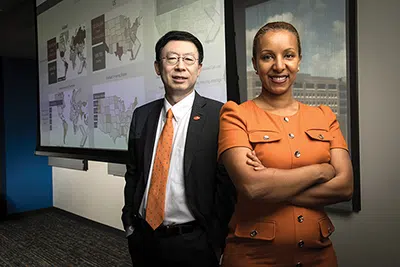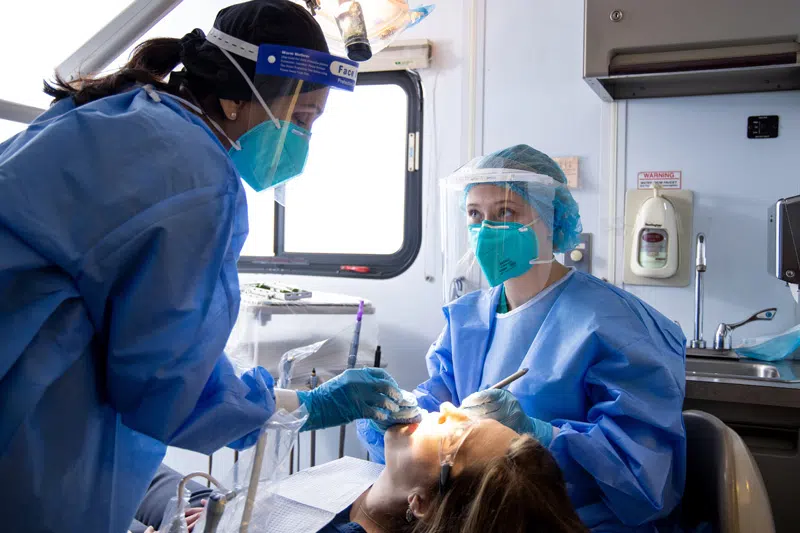First, alert us upon receiving the call or letter from the FDA to schedule the inspection. Please fill out this form immediately.
_________________________________________________________________
The following actions are to be taken during an FDA inspection from the time the FDA inspector is greeted to the time the exit interview is conducted and a response to the FDA’s observations are made.
Investigators are required to permit the FDA to inspect and copy any records pertaining to the investigation including, in certain situations, those which identify subjects.
Designate a person to serve as escort who will oversee the inspection (usually the research coordinator for the study). The FDA investigator must not be permitted free access to areas where files are kept, and the escort serves as an institutional monitor as well as guide and general study contact person.
- Before the site inspection, complete the FDA AUDIT CHECKLIST, and identify records the FDA are likely to audit, including:
- Identify all subjects, enrollment/screening log, and ALL Informed Consents.
- Selected Case Report Forms and all supportive source documentation.
- Sequester these records and your reviews in readiness for easy access, but do not volunteer a list of them to the inspector.
Always wait for a specific request to provide information.
- Arrival of inspector- Please also refer to your department policy for how to deal with site inspections.
- There may be times when persons at other institutions (e.g., department directors at MHHS) should be notified that the FDA is conducting an inspection in the building.
- Where a sign in log is used for the practice: if the inspector will not sign in, make a note in the sign in log of the name, date/time, purpose and escort name.
- The escort will walk the inspector to an appropriate meeting room. The inspector will present his/her credentials to verify that they are in order; do not expect the investigator to permit a copy to be made of the badge/credentials.
- The inspector will then present a Notice of Inspection (482) to the Principal Investigator, this notice authorizes the inspection and its presentation officially begins the inspection.
- The inspector will explain the intended purpose and scope of the inspection, then ask the PI to summarize the study.
- The inspection
- The escort should have made arrangements for a comfortable work area for the FDA inspector(s) for the duration of the inspection. The room must contain no confidential records, including clinical or research related. The inspector should be accompanied by the escort or designee at all times while in the presence of study related documents, samples, or other confidential information. If the inspector needs to make a phone call and requires some privacy, they should have access to a “sterile” room (no study related information is present) or public area where they can conduct their business. In general, while an inspector is here in an official capacity, they should not be left alone.
- The inspector must never have access to any site records not specifically provided by the host. Standard procedure is for the inspector to request files for review, starting with the “general” study materials including the regulatory documents binders, then all signed informed consent forms, followed by a sampling of specific patient records. Study finances and personnel records are not included in the standard inspection.
- The Principal Investigator should set aside time each day to talk with the inspector, as well as being available for questions that may arise.
- The escort’s role is to coordinate all FDA requests and see that the inspector’s questions are answered honestly and completely. Listen to the question; answer the question that was asked. Defer to others if you don't know; when possible use documents already provided for support of answers. Stop when the question is fully answered. There is nothing wrong with silence: when you have answered, wait for the next questions.
- How to answer FDA Questions
- Be concise; answer only the question that is asked.
- Always be clear with the answers to questions.
- Be positive and confident.
- Take corrective actions if possible, commit only to what you can deliver.
- DO NOT volunteer information. DO NOT guess or speculate.
- DO NOT lie. DO NOT argue.
- DO NOT panic.
- DO NOT sign affidavits.
- Inspection of Documents
- Escort the inspector to an information sterile room away from sources of casual conversation to review requested documents. Always sequester the reviewer in an isolated room and bring the requested documents to them..
- Only documents specifically requested by the inspector shall be provided for review. The escort may need to obtain patient records from the hospital or clinic records to supplement or corroborate the research records.
- Gather the documents requested for review. When documents are copied for inspectors, either a copy is also made to retain or identify each copied document by maintaining an inspection record log. All copies provided should be stamped “Confidential”. Usually copies are provided without charge to the FDA; however, if the inspector requests an inordinate number of copies, notify the inspector that an invoice will be provided.
- Documents that the inspector is not entitled to review or copy: financial, personnel (except for training/qualification records), and internal audits (section 704(a) FDC Act).
- Photographs- If the FDA insists on taking photographs, take duplicates at the same time
- Samples- If the FDA requests a reasonable quantity of samples, fill the request but pull identical samples to retain. Ask the FDA to issue a receipt for the samples (form 484). Depending on the nature of the samples requested, advise the FDA that an invoice will be presented.
- Exit Interview
- The FDA will usually hold an exit interview at the conclusion of the inspection. The escort, Principal Investigator, a representative from Institutional Compliance, and other individuals as appropriate should be notified of the time and place and expect to attend. During this exchange, if serious deficiencies have been found during the inspection, an Inspectional Observations form 483 will follow from the regional office, listing the deficiencies. If no deficiencies are found, or the inspector has comments that she or he believes are not serious enough to warrant a 483, no form will be issued.
- During the exit interview:
The Principal Investigator will seek to correct any errors in the findings.
- Both the FDA and Principal Investigator will make sure everything is clear and understood.
- Observations, comments, and commitments will be noted in the escort inspection notes.
- Response to FDA 483
- The PI or designated shall draft a response to an FDA 483. The PI is responsible for sending the draft of the response to the UTHealth departmental contacts within the Clinical Trials Resource Center, Institutional Compliance, and Auditing and Advisory Services. The PI is also responsible for sending the written response to the FDA.
- The written response should include specifics:
- Determine if a finding was an oversight/one-time occurrence; or systemic, where a change of procedure is indicated.
- Delineate corrective actions: including justification of why the proposed response will remediate the issue; and a realistic timeline for correction.
- If the PI disagrees with an observation: respond factually, providing clear and verifiable evidence.
- Address each particular observation or finding, point by point.
- The reply should be sent within two weeks. Keep a copy of the final signed response in your office.
6. To request an EIR (establishment inspection report)
- The FDA inspector will file an EIR within approximately 30 days. This report is subsequently available through FOI. It may be requested from:
Freedom of Information
Division of Dockets Management
5630 Fishers Lane, Room 1061, Mail Stop HFA-305
Rockville, MD 20852.
7. Institutional follow up
- Please provide a copy of the final establishment inspection report (EIR) and/or the Inspectional Observation Form 483 upon receipt to the UTHealth departmental contacts of the Clinical Trials Resource Center, Institutional Compliance, and Auditing and Advisory Services.
Related documents:
General Guidance for Site Inspections
FDA Inspection Information
FDA Pre-Inspection Checklist
FDA Inspection Reporting
ADDITIONAL RESOURCES
CLINICAL RESEARCH UNITS (CRU) | BERD | REDCap
COMMITTEE FOR THE PROTECTION OF HUMAN SUBJECTS | ANIMAL RESEARCH | ENVIRONMENTAL HEALTH & SAFETY | CORE LABORATORIES | SPONSORED PROJECTS | TECHNOLOGY MANAGEMENT
OFFICE OF RESEARCH
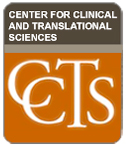
Clinical Trials Resource Center (CTRC)
7000 Fannin Street, Suite 795
Houston, Texas 77030
phone 713-500-3622
fax 713-500-0334
clinicaltrials@uth.tmc.edu


 Featured Donor
Featured Donor
